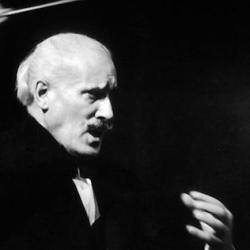In her essay “On Interpretation,” Susan Sontag argues that interpretation that seeks the “meaning” of a work of art is always destructive. She says, “It is always the case that interpretation of this type indicates dissatisfaction (conscious or unconscious) with the work, a wish to replace it with something else. Interpretation, based on the highly dubious theory that a work of art is composed of items of content, violates art. It makes art into an article for use, for arrangement into a mental scheme of categories.” Instead of “decoding” or “searching for meaning,” the critic should be attending to the formal features and the effect of a work of art.
If Sontag means that there is a necessary moment of receptivity in any response to a work of art, of course she’s right. And she’s right too that responses to art can become so larded over with interpretations that the work gets lost. But renouncing the search for meaning as such seems foolhardy and nearly impossible. As soon as we talk about art, we’re providing an “interpretation” of some sort.
And we cannot help talking about art.











